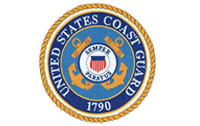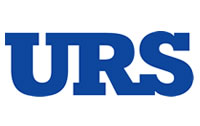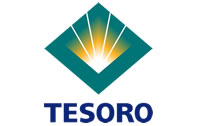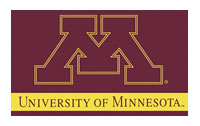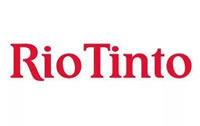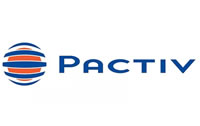Over the past three decades, organizations have become “leaner” in part by removing layers of management and, unfortunately, under-investing in leadership development. Flattened organizations now have been around for decades, and throughout leadership structures, employees know only what they’ve experienced: inadequate training for line supervisors and managers.
Let’s look at this from another angle. Say your plant has 517 people (the number is odd but work with me), including one plant manager, four department heads, 12 managers, and 50 front-line supervisors. Taking away the top three levels of management (17 people), you would have 500 remaining: 50 supervisors and 450 hourly employees. The 50 supervisors represent less than 10% of the plant population, but they directly affect the performance of 87% of the plant personnel. Where do you think leadership training should be focused?
A 2012 Harvard Business Review article by Jack Zenger titled “We Wait Too Long to Train Our Leaders” presented information about the average front-line supervisor. Zenger analyzed a database of leadership training attendees that included over 17,000 people from all over the world and from a wide range of industries. He found that the average age of a front-line supervisor who attended leadership training was 42. More than half of leadership training attendees were between 36 and 49 years old; fewer than 10% were younger than 30. The average age of a supervisor in those same organizations was 33. The typical supervisor came to that role at age 30 and and stayed in that position until age 39.
Did you catch any problem there? The people who are directly responsible for the performance of the largest category of workers (hourly employees) are not getting leadership training before or during their first years as supervisors. Managers who have come through this pipeline are the people who select new supervisors when openings become available. Senior managers think, “I didn’t get much leadership training, and I did OK.”
The average person attending leadership training was 42 years old, but the average supervisor is between 30 and 39! There’s a gap between when a person is promoted to supervisor and when he or she typically attends leadership training.
At 42, the average training attendee was three years beyond the age at which his or her peers typically had moved on to another position. Maybe attendees were trying to fill the leadership gaps that had kept them from being promoted, or maybe they were senior supervisors who put themselves in for a boondoggle to a January training event in Orlando, FL.
Whatever the case, a break in the cycle is needed. New managers and supervisors need leadership training earlier – not three to nine years after they become supervisors. For employers, three steps will help maximize value from investments in leadership training:
• First, emerging leaders need to understand their organization’s objectives and how what they do links with these. Understanding the big picture is motivating.
• Second, emerging leaders need actual leadership skills: know-how when it comes to interpersonal communication, building trust, empowering team members, and dealing with poor performance. Training should be refreshed every two to four years.
• Third, when employees return from leadership training, their managers or senior managers need to review the curriculum and reinforce the learning. Agree on three specific things the newly trained supervisor will do to put his or her training to work and what will be needed to get those three things done. Then, back it up: Provide what’s needed, and hold the supervisor accountable.
Managers must do more than just sign the purchase order to authorize a supervisor’s leadership training. Independently reviewing the training curriculum and working with employees to set goals and promote accountability can keep managers refreshed on leadership fundamentals.
Published in Plant Services Magazine, August 3, 2015 (http://www.plantservices.com/articles/2015/human-capital-optimize-leadership-training/).



